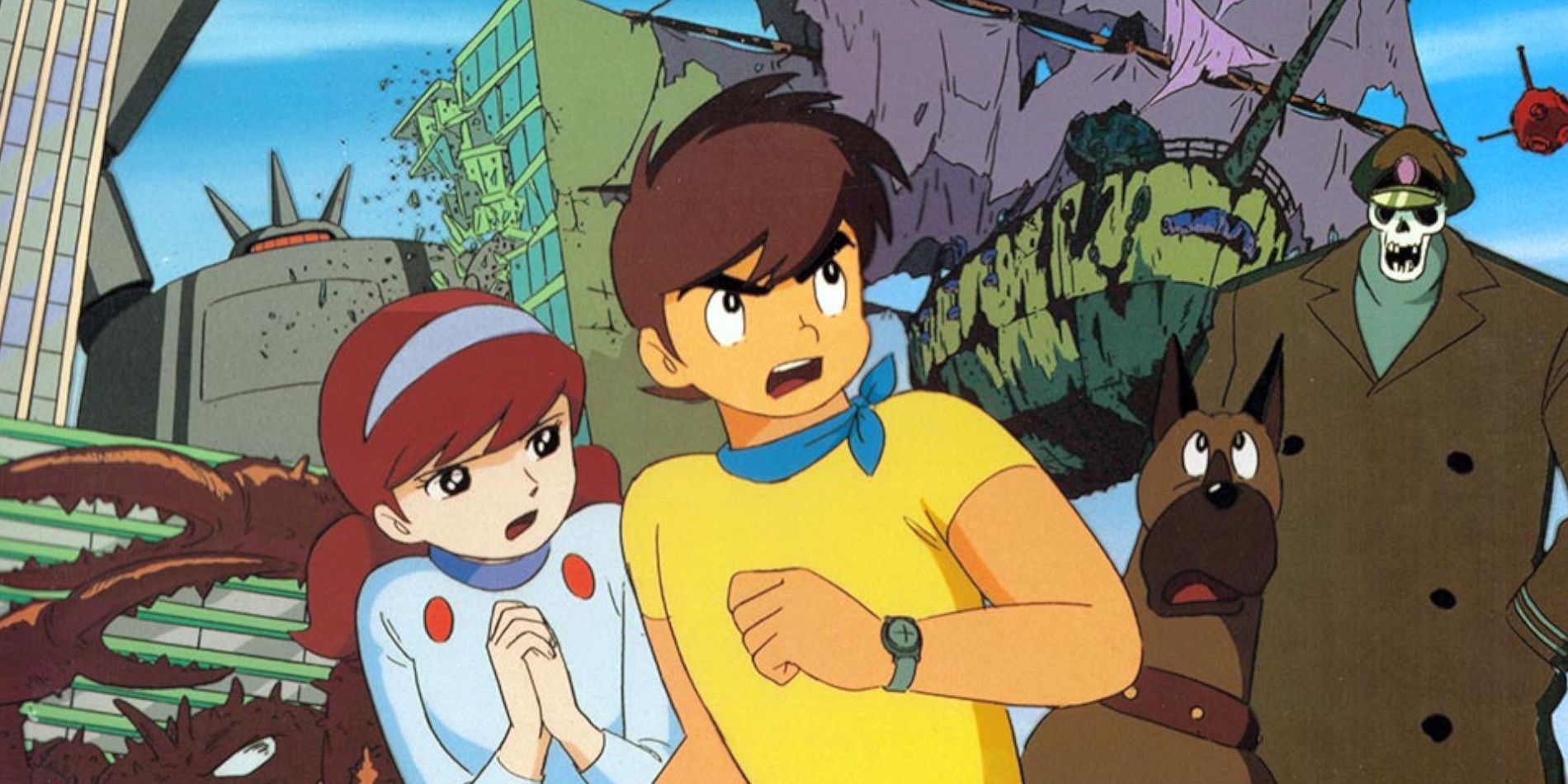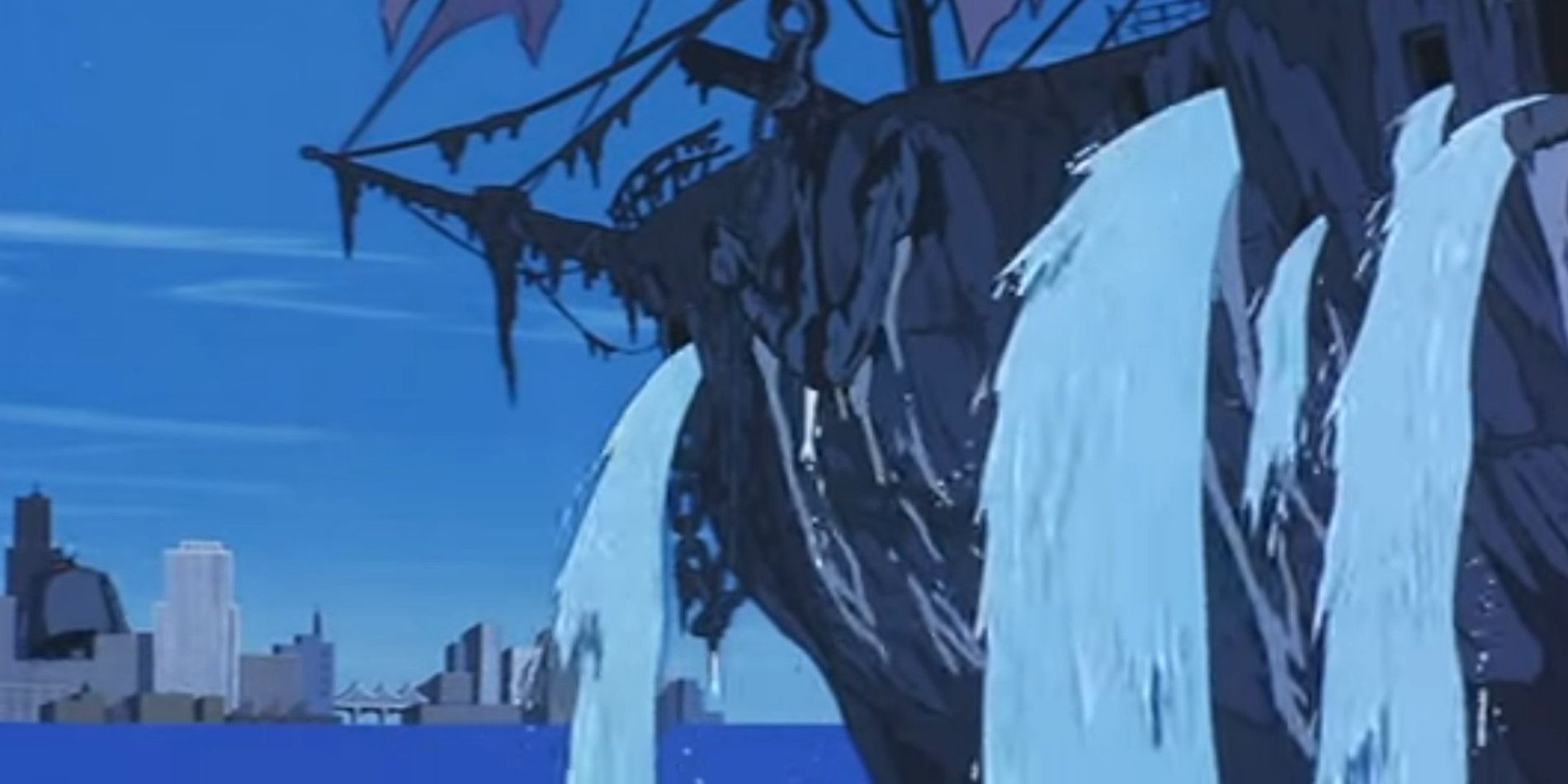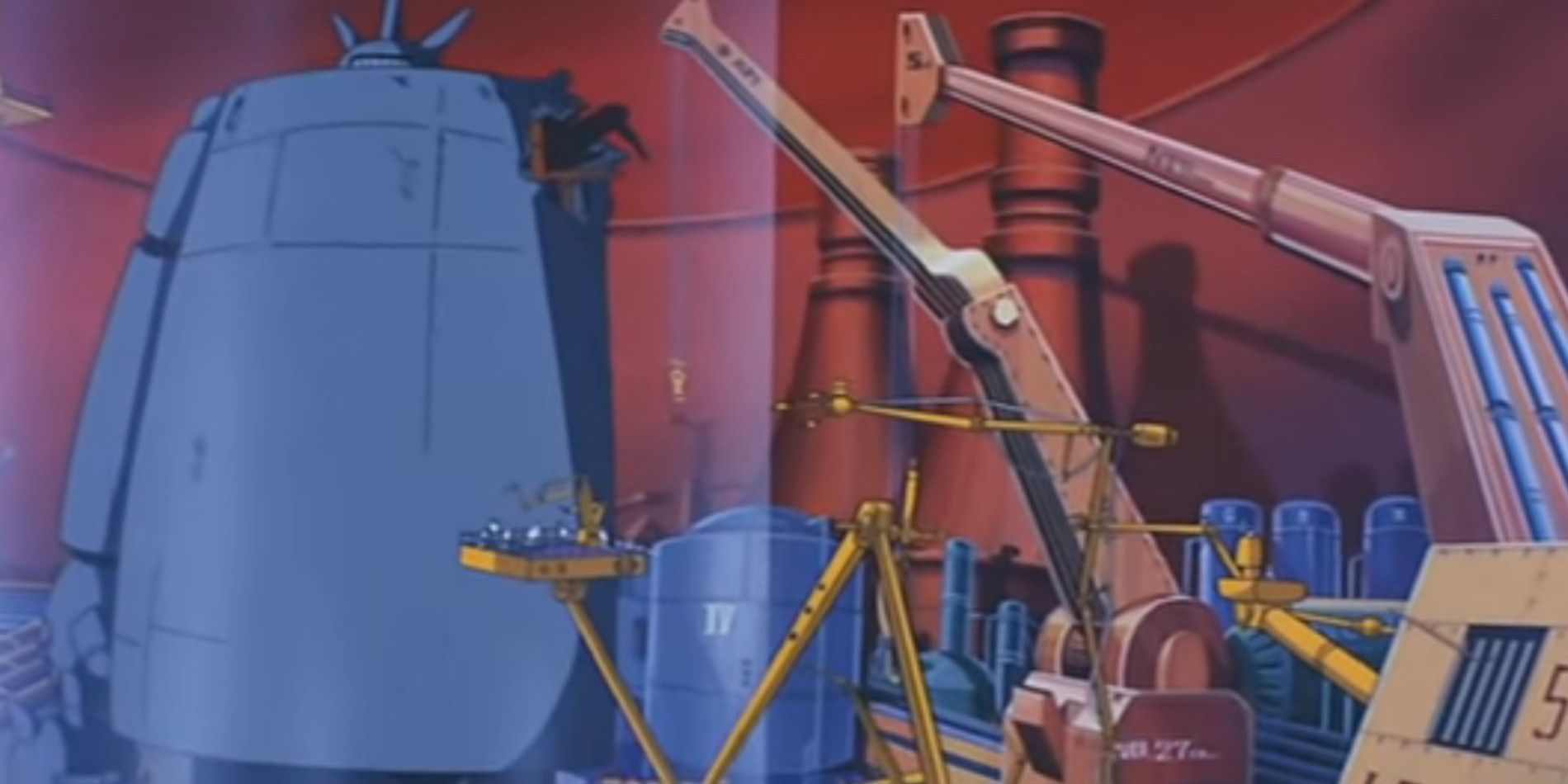Some names in the anime and manga industry need no introduction; their creative output and impact on the industry speak for themselves. So it is always fascinating to see what happens when these big names cross paths, especially when they're at often-overlooked parts of their careers. Flying Phantom Ship is a perfect example of this phenomenon.
Released in 1969 and made by Toei Animation, Flying Phantom Ship is an adaptation of the manga of the same name. The story was written by Shotaro Ishinomori, who would later create the legendary Kamen Rider and Super Sentai franchises, as well as Kikaider and the manga adaptation of Legend of Zelda: A Link to the Past. Ishinomori is often considered a tokusatsu trailblazer and the father of the modern henshin hero.
The Context of Ishinomori & Miyazaki's Flying Phantom Ship
When it came time to work on the movie version of Flying Phantom Ship, Ishinomori did play a role in the production. The screenplay was written by Masaki Tsuji and Hiroshi Ikeda, with the latter taking the director role. But one of the most conspicuous names in the credits is Hayao Miyazaki, who was one of the movie's key animators. The very same man who would go on to co-found Studio Ghibli and direct legendary films like Spirited Away, Howl's Moving Castle and Kiki's Delivery Service.
What makes this more fascinating is that the film came early in both men's careers, far before they were the legends fans know and love today. At the time of Flying Phantom Ship's manga release, Ishinomori was ending his time as Astro Boy creator Osamu Tezuka's assistant. He wouldn't create his breakout hit, Cyborg 009, until 1964.
Miyazaki, meanwhile, had only been active for a few years at this point and had just recently started getting key animator roles such as 1966's Sally the Witch. He wouldn't get his first directing role until he co-directed 1971's Lupin III Part I. All of this makes Flying Phantom Ship a fascinating time capsule, giving fans a glimpse at both men just before they started to build the momentum that would throw them into the mainstream.
Flying Phantom Ship Is a Fantastic Anime Time-Capsule
Flying Phantom Ship follows Hayato, a young boy who endures a terrible day when a giant robot effortlessly decimates his city and his parents are killed in the carnage. However, in his final moments, Hayato's father reveals that he isn't actually the boy's father. He hands him a picture of his true parents, leaving Hayato in shock. With his dog Jack in tow, Hayato heads out to get revenge on whatever sent the robot to destroy his town. This is said to be the evil Phantom Ship, an object that legend says wants to wipe out everything in the world. However, as Hayato tries to track down the ghost ship, he learns something else is happening out of sight and that his view of the world might not be correct.
While it does show its age in some areas, Flying Phantom Ship still holds up today. The giant robot was designed and animated by Miyazaki; he gave the creature a stunning majesty that will take viewers' breath away, and the scenes of it rampaging through the city will stick in the memory long after the end credits roll. It's proof that Miyazaki was already a highly talented designer who knew how to use animation to create atmosphere and capture viewers' imaginations. The story is also well-told, so even the bits that feel a little cliché now will hold viewers' attention along with the edge-of-your-seat suspense.
Flying Phantom Ship is a fantastic historical curiosity that shows Hayao Miyazaki and Shotaro Ishinomori, both legends in their own right, before they became stars. Even so, one can see early signs of their hallmarks in this movie. Ishinomori's meditations on the intersections of humans and technology are evident in the narrative. The plot also touches on what it means to be a hero, which frequently came up in his tokusatsu works. While Miyazaki isn't the only animator on the project, the giant mech clearly displays several of his common design motifs. All of this makes Flying Phantom Ship a fascinating watch that will appeal to classic anime fans, mecha fans, and anyone interested in anime history.



